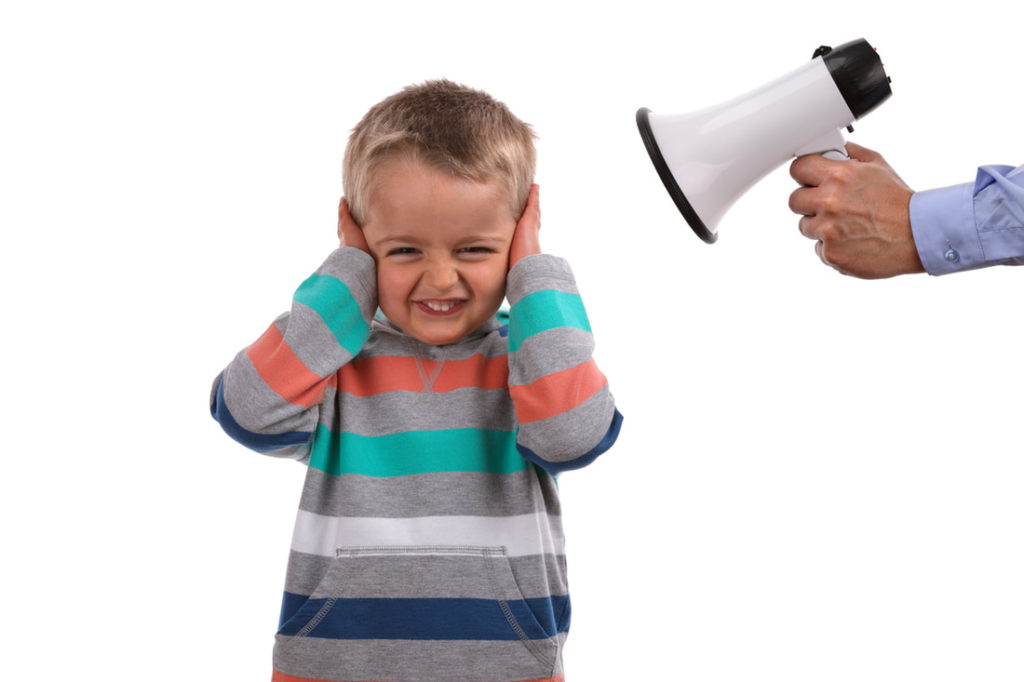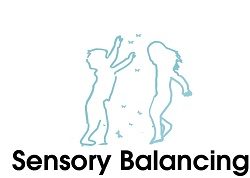Part 1 – Over-reactive nervous system
Some kids are great in keeping an open mind of changes happening in their bodies. So if we achieve balance, they are quick to notice it themselves. But some kids hang on to the fear of feeling uncomfortable that they fail to give change a chance. An example of this is with a 6 years old boy who among his complaints was sounds sensitivity which would cause him to cover his ears and cry whenever the waiters would sing “Happy Birthday” in a restaurant. After I resolved the imbalance on my end, I told the mom we now have to teach him that the loud sounds will no longer be painful. But the following session she announced that the kids celebrated his birthday in class and that he covered his ears and cried that it hurts (for a few seconds vs crying for a good amount of time in the past). So I started clapping my hands and he covered his ears and said it hurts. Suspecting that it was not painful but rather his fear of the pain was what was leading him, I asked him to clap hands with me but very softly. I asked mom to participate as well, and we very gradually clapped just a bit stronger. We were all smiling and laughing and the child seemed happy and playful, and once we reached “loudly” he kept on smiling. And only then he realized that these sounds no longer cause pain.
The next step was asking him if we could watch a Youtube video of a birthday celebration in a restaurant and he immediately responded with “No! It hurts my ears”. So I offered to watch it with the sound off, and like so many other kids, he did not refuse a chance for some screen time. Again, I gradually increased the volume to the point we all said was a bit too loud, and he was happy to learn that now he could try going to the restaurant again as his ears are not sensitive anymore.

I use Sensory Balancing (SB) to balance the signals received by the different senses and we usually begin seeing results within about 5 sessions, but using desensitization techniques at home might be helpful in this process. This “homework” engages both the child and the rest of the family. The child feels empowered by contributing to this process rather than only depending on Sensory Balancing or Occupational Therapy. Having the family participate as well adds to the sense of support rather than being in this alone. The family members get to feel like they are also contributing and through this process they get to understand their child/sibling better.
Sounds “Desensitizing” exercises
Imagine you are walking into a steaming hot shower, you would probably not be able to enter as it is way too hot… so you would probably want to turn the faucet on cold until the temperature is just right. This is somewhat similar to how some children feel upon entering the cinema – it is way too loud for them!
Some examples of the exercise I give patients to try at home while we are in the process of balancing their sound sensitivity are:
- “Birthday Videos” – many kids have issues with birthday parties as the clapping and singing is too loud and triggers lots of stress. I sometimes who them such videos when the sound is muted so they focus on just observing. Then we gradually turn up the volume, letting them adjust at their own pace.
- “Movie Night” at home – until we achieve complete balance using SB, I recommend kids practice at home having movie nights at home (with popcorn if parents allow), and they decide on the volume, and every once in a while turn he volume on just a bit. Kids get to record the number that feels good and record the new number once achieved.
The guiding line should be being creative and having fun. Letting your whole family in on choosing exercises could help bring everyone closer together and helps build your sensory child’s confidence and sense of belonging
Tactile (touch) “Desensitizing” exercises
If your child is over sensitive to touch, you can play games that are very respectful of your sensory child’s body space. Some examples:
- “Bursting the bubble” -pretend you each have “bubble space” surrounding you and you are using a special tool to burst the bubble. You can use imagination to describe the color of the bubble, then describe the emotions when the bubble bursts.
- “merging bubbles” – play a game where you each have your own bubble and your child “merges” both bubbles into one and controls how close you are in the same bubble.
- “Monkey see monkey do” – ask your child to massage their own arm, finding the right technique that feels good, and teach you to do the same. They need to guide you on what works. Sometimes it’s easier if you let them practice on a stuffy first, then move on to trying on themselves.
